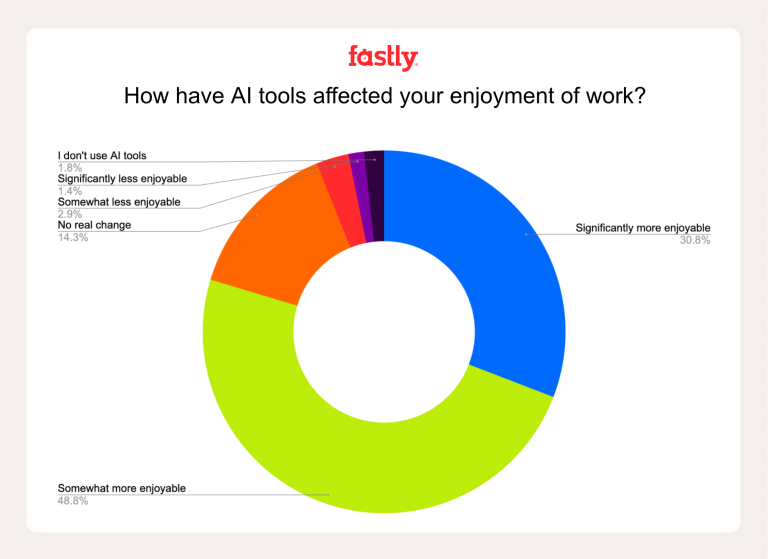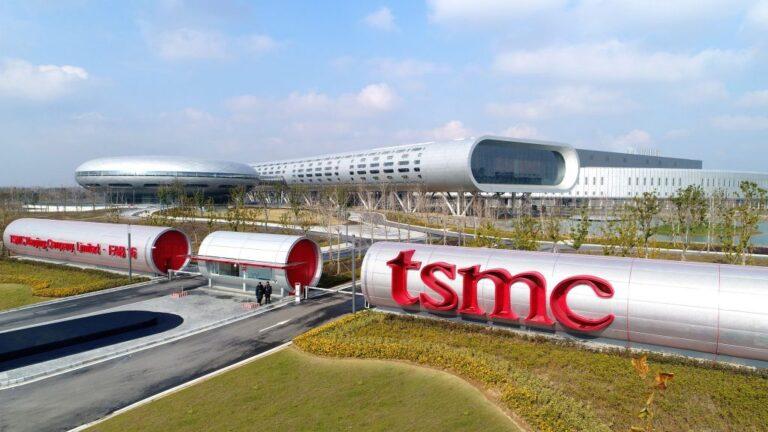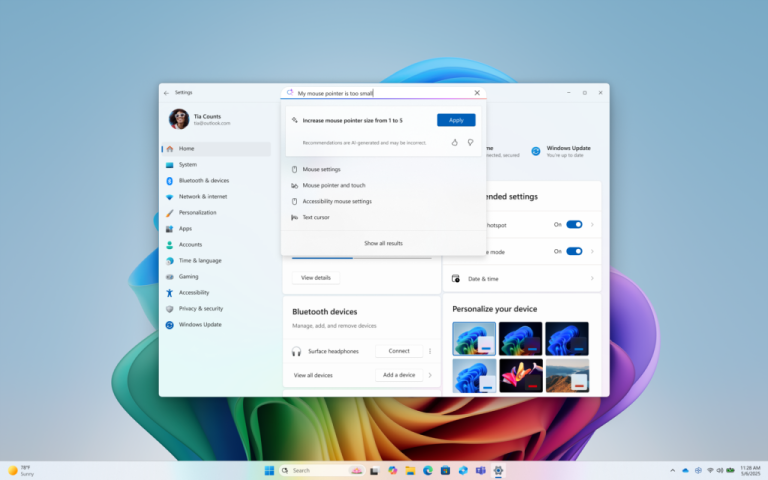
A 2 nm wafer fabricated at IBM Research's Albany facility. The wafer contains hundreds of individual chips. Courtesy of IBM
Did you know that IBM has recently released a 127-qubit chip? The Eagle processor brings us one step closer to our goal of quantum computing.
The architecture uses new techniques, but it is not the last we will see of quantum systems. After all, many other companies are racing to bring this new type of computing to consumers.
Quantum computing is only one of the recent computer design trends nowadays. Each day, new technological advances happen. Keep on reading to learn which ones you should be watching.
- Quantum Computing
The concept of quantum computing goes back to the 1980s, but it remains in its infancy until now. Still, companies like IBM and Google are making strides toward making it available to consumers.
Current computers use binary code to store data and perform calculations. It means operating with bits, which only come in two states: 0 or 1. The limitation restricts how much data a machine can process in a specific period.
Meanwhile, quantum computers use qubits. Quantum bits lack the same limitation of choosing one state or the other.
They can take on multiple states, allowing machines to analyze data in a shorter amount of time. Think of algorithms taking years to run – a quantum computer can do them in a few minutes.
As said above, IBM has recently launched the Eagle quantum processor. The 127-qubit processor is a sort of a minor miracle. In as soon as 2023, the tech giant is promising a 1,000-qubit chip.
Cybersecurity and Data Encryption
With quantum computing, data is not as vulnerable as it is today. How so?
Quantum computing involves actual quantum particles for data processing. As such, they adhere to the rules of physics. They rely on probability and uncertainty.
As the machines process and exchange data, the quantum particles get entangled. When a third party tries to access the data, it results in the loss of information. It is impossible to alter one without changing the other.
In the quantum world, replicating data is impossible. Trying to hack it means breaking the rules of physics.
Applications of Quantum Computing
Finance, logistics, healthcare, and other sectors see many possibilities with the new computing solution. Consumer-grade quantum devices are still in the pipeline. Even then, we can see their value with a lot of day-to-day processes.
For instance, healthcare has a better advantage to gain from improved security. Quantum computing also helps with a faster and more accurate diagnosis. It can help with advancing the development of new medicines.
Logistics companies may use quantum machines to find the best delivery routes. In the transportation industry, consumers can find the best flight schedule. However, researchers expect computers can solve traffic congestion in the future.
- Mobile Digital Platforms
Current events changed a lot of the ways we do things, particularly with how we work. The subsequent lockdowns forced remote working to be the norm. As a result, we are seeing new technology trends involving new mobile platforms.
Smartphones today took many traditional computer functions. They can transmit data, handle communication methods, and connect to corporate systems. Many companies even use mobile applications for measuring metrics and assessing financial performance.
New Internet of Things (IoT) solutions for personal use are arriving. We already saw wearable computing devices, such as smartwatches and smart glasses. We can expect more with newer features soon.
People today need more mobile devices to stay connected. These devices have to connect, as well.
Virtual Reality
Virtual reality is not a new concept, but 2021 is seeing a lot more of this technology. One instance where VR has become useful is working from home.
A few companies gave their employees VR headsets. Using these, people can log into a virtual environment. Here, they can meet their coworkers and attend conferences.
Although VR’s most popular application is gaming, it looks to be the next big thing in the corporate world. Remote working is here to stay, and virtual reality is a step in the same direction.
In the future, offices can be entirely virtual. At the same time, they promise the same advantages as physical ones.
- Artificial Intelligence
Artificial intelligence is everywhere. Phones use AI for taking better pictures, and speakers can help us organize our daily life. We might even see smart toilets analyzing stools to help detect health issues.
AI is becoming integral to our day-to-day lives. It applies despite our technology is far from its peak for now. Consumers and corporations alike are going to see more applications in the coming years.
Predictive Analysis
The competition is more intense today than ever before. Businesses are scrambling to target and get new customers. The other trends are not working in their favor.
The internet made it worse. In an age where consumers have various options before them, companies must find unique ways to gain their attention. As they have access to a lot of information, they need not stick to services when the latter does not meet their expectation.
As such, artificial intelligence is becoming a necessity for marketing and research. With predictive analysis, businesses can gain better insight into consumer habits.
The smarter algorithms help companies study customer behavior. In turn, they can launch better marketing strategies.
Global Issues
We might see artificial intelligence solving global issues soon. The AI industry is not only powering smart homes but also making the world a better place.
AI-powered models can help partners and organizations tackle healthcare, conservation, and education issues. For example, they can predict hurricanes and find solutions to climate change.
Cognitive AI applications can also help reverse the effect of COVID-19 on education. The pandemic created more barriers to learning.
With artificial intelligence, organizations can help children learn more efficiently. AI can recognize learning patterns, allowing them to adapt to the children’s needs. It can then create a customized journey and deliver tailored lessons.
- Thinner, Lighter, More Powerful Solutions
As mentioned earlier, remote working is not a temporary solution. Even when things go back to normal, companies are likely to continue offering it.
The reality of remote working brings new challenges. Employees attending virtual meetings need better web cameras and built-in microphones. They need more powerful processors to handle their workload.
To top it off, we need all these characteristics in a compact design. Thankfully, the new Intel EVO platform makes it possible. Learn more about what it is to see why it is the future.
Remote working opens the possibility of being accessible while on the go. As a consequence, manufacturers must focus on creating thinner and lighter devices. Still, manufacturers are making sure they do not compromise the quality.
We are seeing this trend spill even into other devices. Gaming laptops are also becoming thinner and lighter without sacrificing performance.
- Edge Computing
We all heard of cloud computing, in which large data centers store and process data away from the end-user. It uses the internet (or the cloud) to stay connected to the users.
Using the cloud trumps traditional computing. It eliminates the need for businesses to have on-site servers and hardware solutions.
You have access to as much computing power as you need without occupying physical space. You only need the internet, and you can get your data from anywhere. The provider also handles all the maintenance and upgrades.
With all the advantages of cloud computing, there is one downside: the data has to travel a long way to and from the user. A large percentage of companies rely on only a few providers, such as IBM, Microsoft, and Google. Meanwhile, Amazon holds 41% of the market with its IaaS.
Edge computing brings the solution closer to you or at the “edge.” Most of the work undergoes processing where the data generates, whether from a retail store or a factory.
This new type of service moves the resources closer to the source of the data. However, it still works hand-in-hand with cloud computing. The results go to the primary center for other processes.
What Does It Mean for Consumers
One of the many things edge computing improves upon is the experience of customers. The Internet of Things solutions are expanding – more personal devices are coming. In conjunction with 5G, platforms promise faster communication and data sharing.
Customer expectations are going to reach higher levels. Organizations are going to use edge computing to deliver consumer demands.
Autonomous cars can also take advantage of edge computing. After all, they need faster information processing capabilities in cases like making a split-second decision to avoid an accident. An on-board solution helps the system make this call without waiting for the cloud to respond.
Keep Updated on the Latest Computer Design Trends
The future is looking bright with these five computer design trends. But, as with all types of trends, they come and go.
These technology trends often change, which is fortunate for our advancement. Keep yourself updated by tuning in to the latest news.
Do you need more informative guides? If so, read more by checking out our other posts today.





